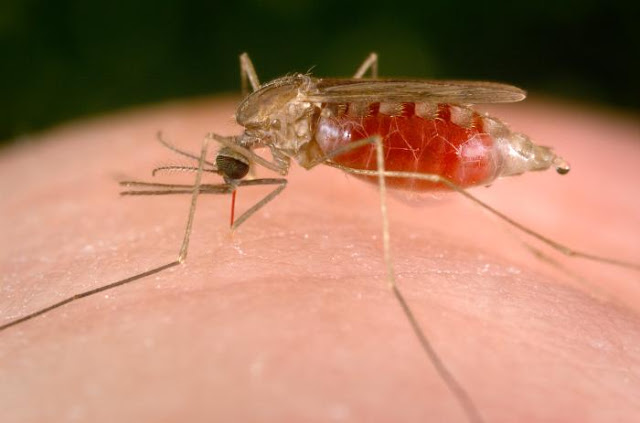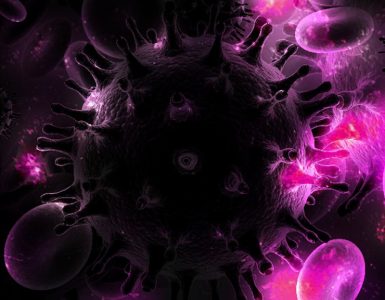However, the fact that mosquitoes use their sight and their CO2 tracking ability to identify and locate their prey is not something new to the biologists. These things have been figured out by the researchers long ago. The unique thing about this study was that the team was able to find a way to identify all the strategies that the mosquitoes put to use before they actually apply the three step process to figure out where their prey is. The researchers used a wind tunnel model and introduced a CO2 gas source in it. Later they provided the small subjects with a black dot as their object of interest and the with a heated glass panel otherwise blended in with the scenery.
 |
In the experiment, the researchers first presented their mosquitoes with a black dot in their wind tunnel setting which all the mosquitoes ignored. After that, CO2 gas was released from the point where the black dot was located and all of a sudden, the mosquitoes started gathering and flying around it. The scientists found that the mosquitoes were drawn towards CO2 and can detect it from a distance of about 10-50 meters and once they get hold of the smell they quickly converge on the location of the source.Since, humans exhale CO2 in every breath, the mosquitoes pick it up and then move towards us.
The mosquitoes mainly rely on their CO2 detection powers to find prey as depending on their sight would mean that they will have to spend a great deal of time and energy on plants and other things which would be highly unproductive. However, they do make use of their sight when the prey is at a distance of 5-15 meters and based on the images they decide if there will be a potential prey or not.
Understanding the mosquitoes deeply should help the other researchers to develop preventative measures as these pesky creatures are responsible for many deadly diseases among the humans.





















